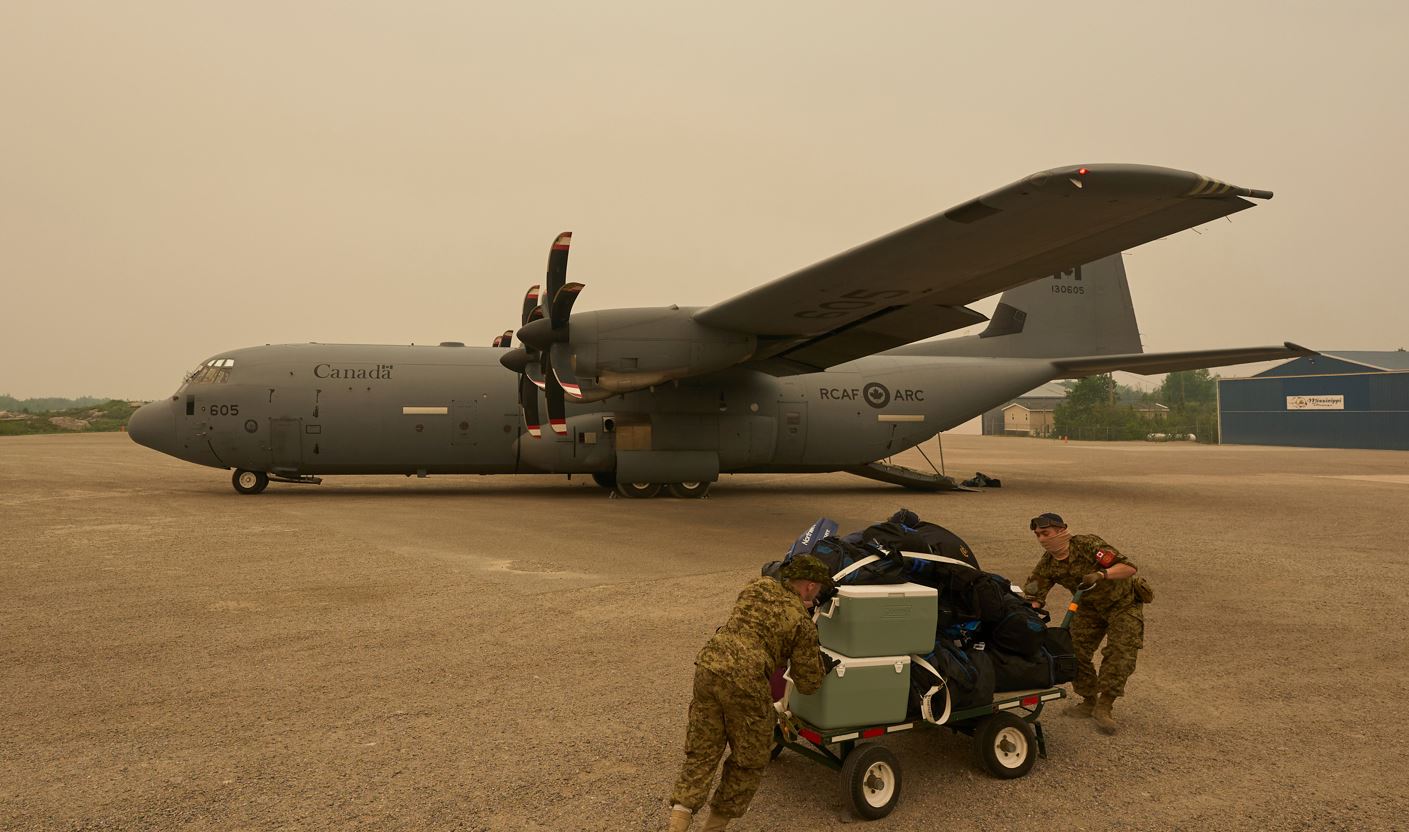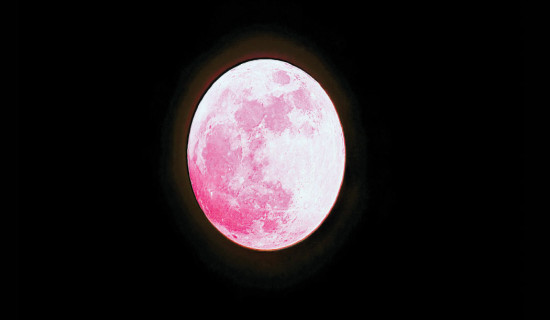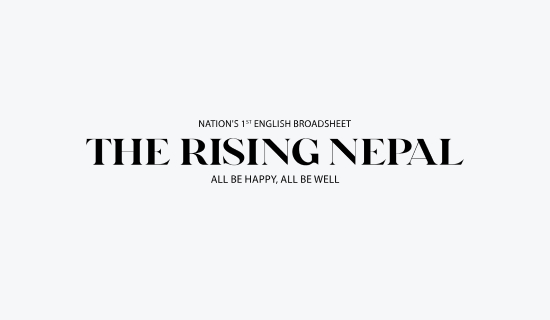- Friday, 6 June 2025
Wildfire smoke causes 'unhealthy' conditions in America
Minneapolis, June 5: Smoke from Canadian wildfires carried another day of poor air quality south of the border to the Midwest, where conditions in parts of Minnesota, Wisconsin and Michigan were rated "very unhealthy" Tuesday.
The fires have forced more than 27,000 Canadians in three provinces to flee their homes, and the smoke has even reached Europe.
The smell of smoke hung over the Minneapolis-St. Paul area on Tuesday morning despite rain that obscured the full measure of the dirty air. The Minnesota Pollution Control Agency issued an alert for almost the entire state into Wednesday, but the Twin Cities area got the worst of it in the Midwest on Tuesday.
"As the smoke continues to move across the state Tuesday, air quality will slowly improve from northwest to southeast for the remainder of the alert area," the agency said. "The smoke is expected to leave the state by Wednesday at noon."
The Iowa Department of Natural Resources warned that air quality in a band from the state's southwest corner to the northeast could fall into the unhealthy category through Thursday morning. The agency recommended that people, especially those with heart and lung disease, avoid long or intense activities and to take extra breaks while doing strenuous actions outdoors.
Smoky conditions that have reached the U.S. periodically in recent weeks extended as far east Tuesday as Michigan, west into the Dakotas and Nebraska, and as far to the southeast as Georgia.
Conditions at ground level are unhealthy
The U.S. Environmental Protection Agency's AirNow map showed a swath of red for "unhealthy" conditions across the eastern half Minnesota into western Wisconsin and northern Iowa. The map also showed purple for "very unhealthy" across much of the Minneapolis-St. Paul metropolitan area, where the Air Quality Index numbers of 250 and were common, though conditions started to improve slightly by late morning.
The Air Quality Index — AQI — measures how clean or polluted the air is, focusing on health effects that might be experienced within a few hours or days after breathing polluted air. It is based on ground-level ozone, particle pollution, carbon monoxide, sulfur dioxide, and nitrogen dioxide. Particulates are the main issue from the fires
The index ranges from green, where the air quality is satisfactory and air pollution poses little or no risk, to maroon, which is considered hazardous. That level comes with health warnings of emergency conditions where everyone is more likely to be affected, according to AirNow.
While Minnesota officials warned on Monday that conditions in the northwest part of the state could reach the maroon category on Tuesday, conditions there were generally yellow, or moderate. There were a few scattered locations in the Twin Cities area that temporarily hit maroon on Tuesday morning. But by midday Tuesday, most of the remaining maroon spots in the region were on the Upper Peninsula of Michigan.
Hospitals are seeing more patients with respiratory symptoms Hennepin Healthcare, the main emergency hospital in Minneapolis, has seen a slight increase in visits by patients with respiratory symptoms aggravated by the dirty air.
Dr. Rachel Strykowski, a pulmonologist, said there is usually a bit of a delay before patients come in, which is unfortunate because the sooner those patients contact their doctors, the better the outcome. Typical symptoms, she said, include "increase in shortness of breath, wheezing, maybe coughing a bit more, and flares of their underlying disease, and that's usually COPD and asthma."
What happens, Strykowski said, is that the fine particulate matter from the wildfire smoke triggers more inflammation in patients' airways, aggravating their underlying medical conditions. (AP)






-original-thumb.jpg)










